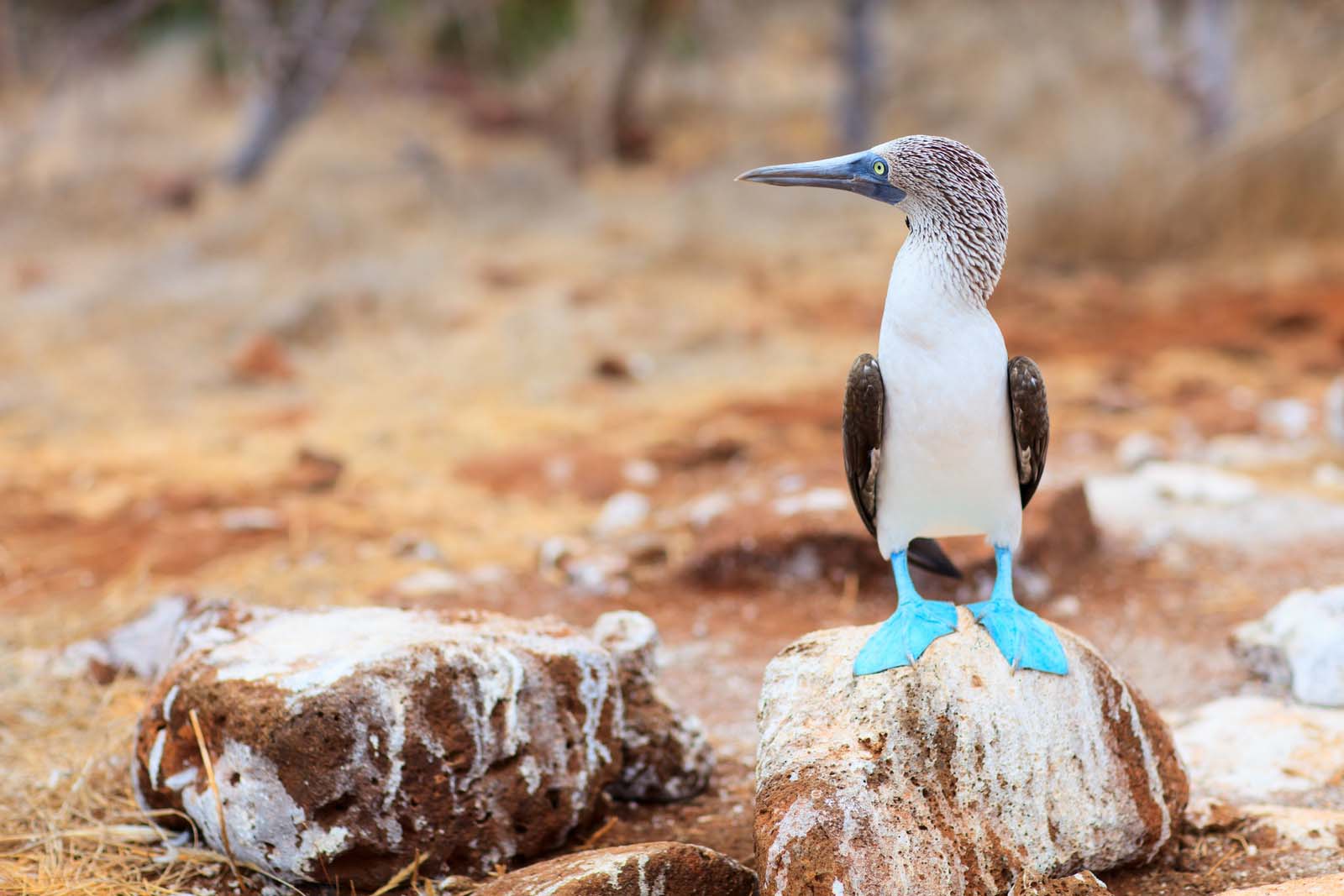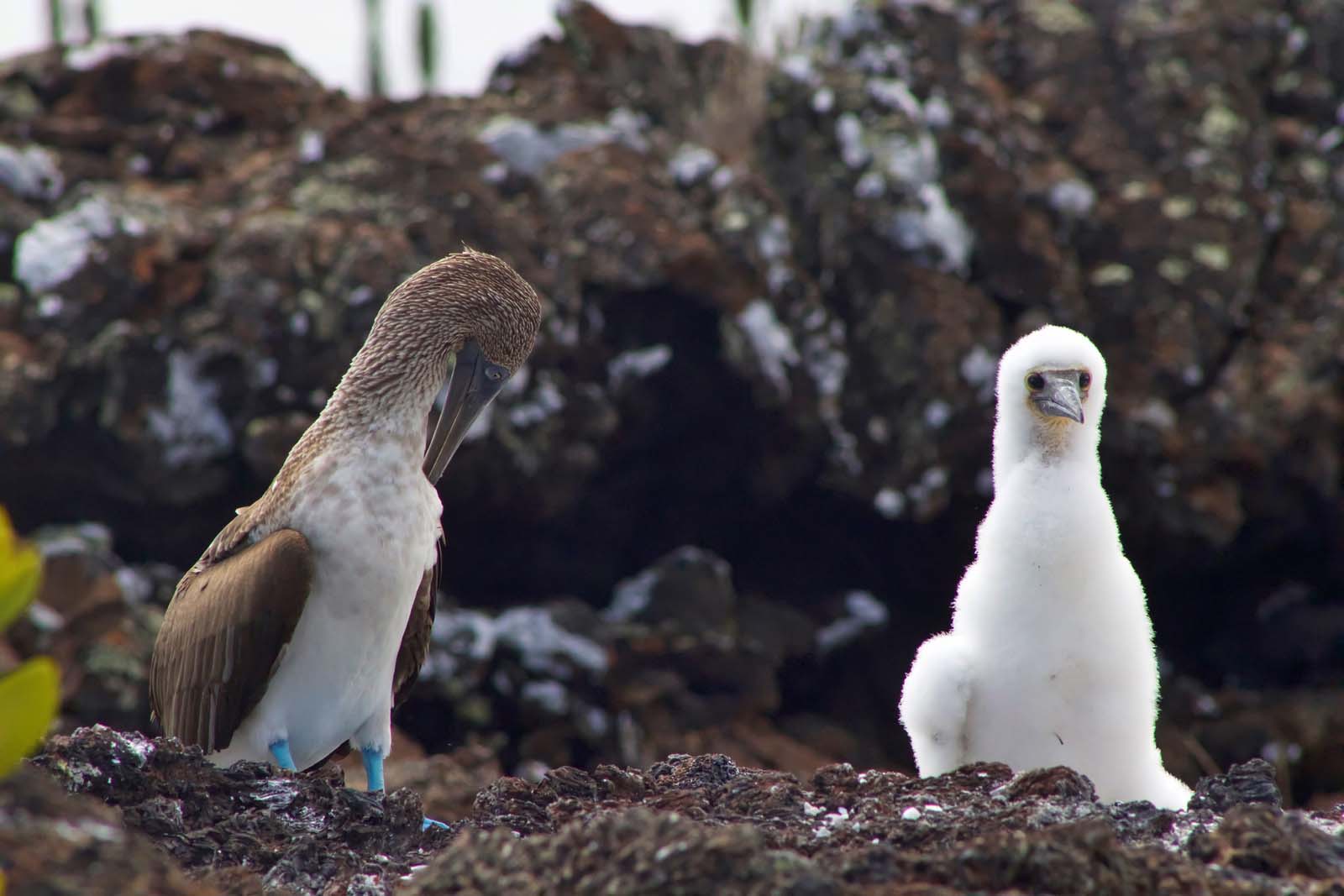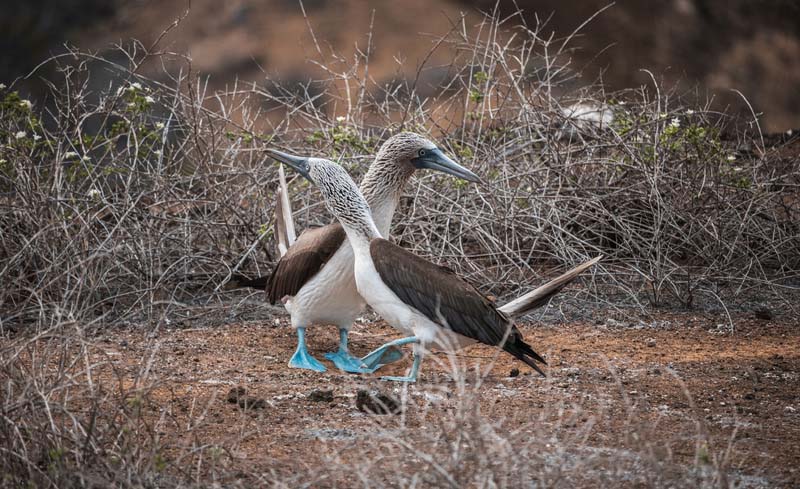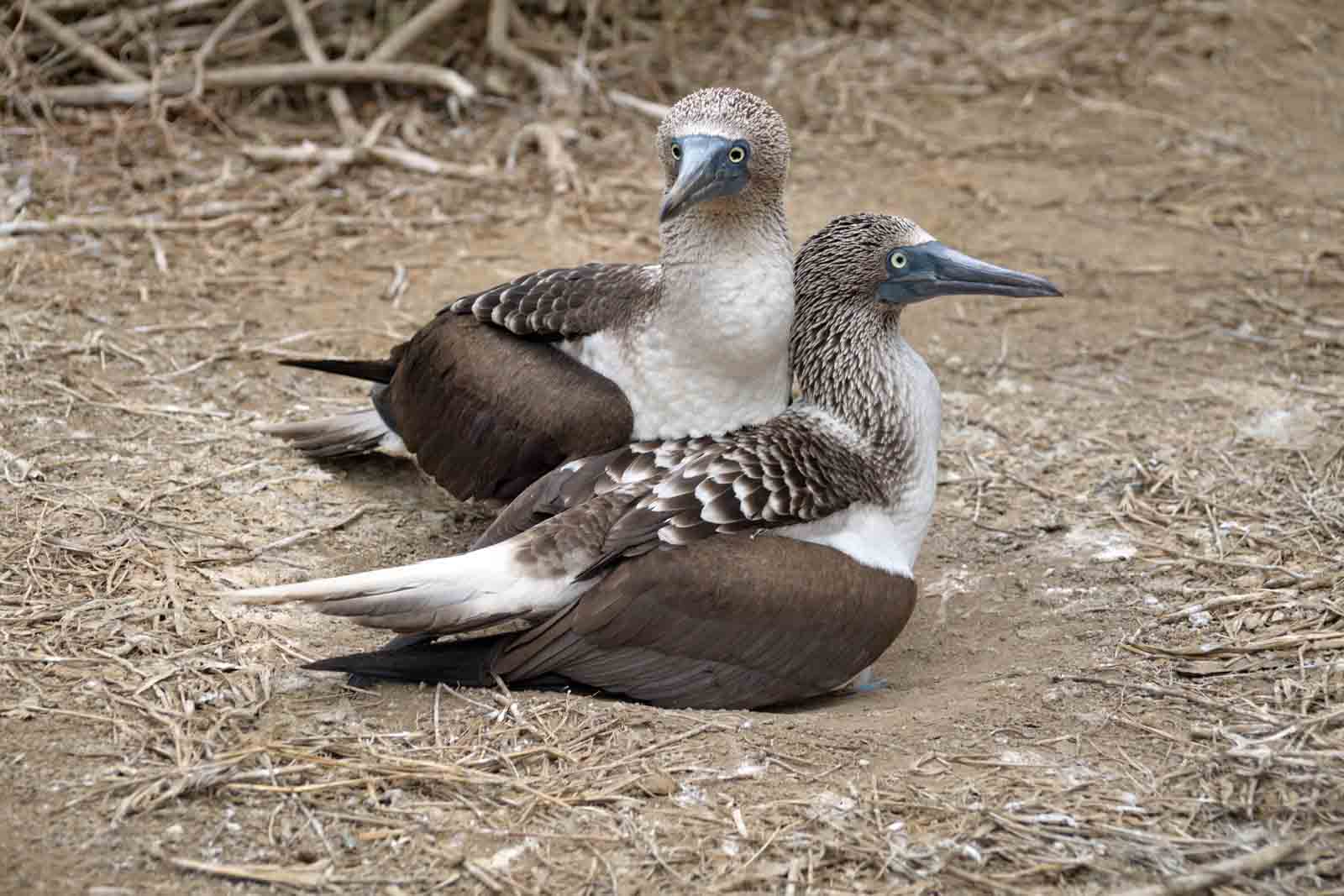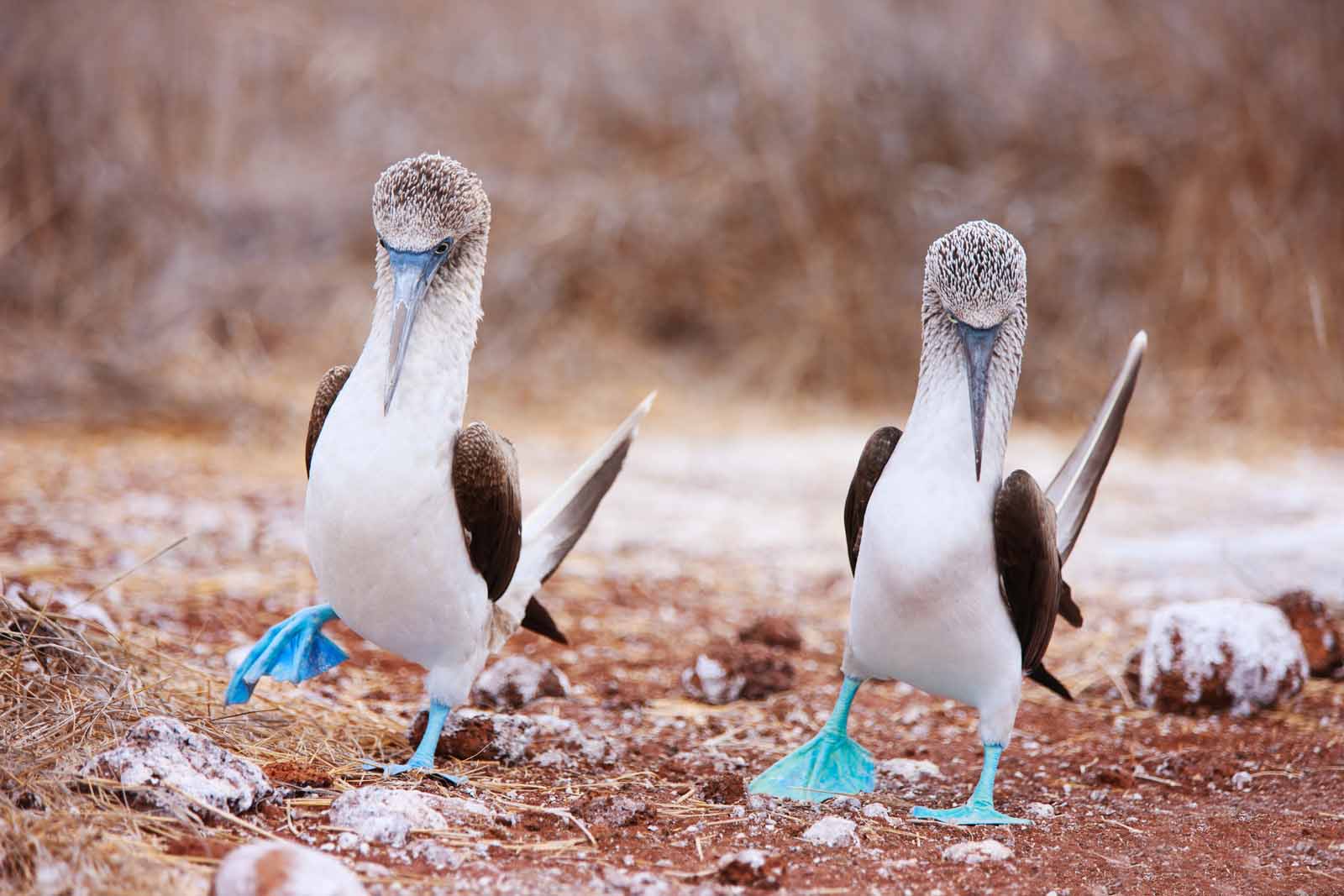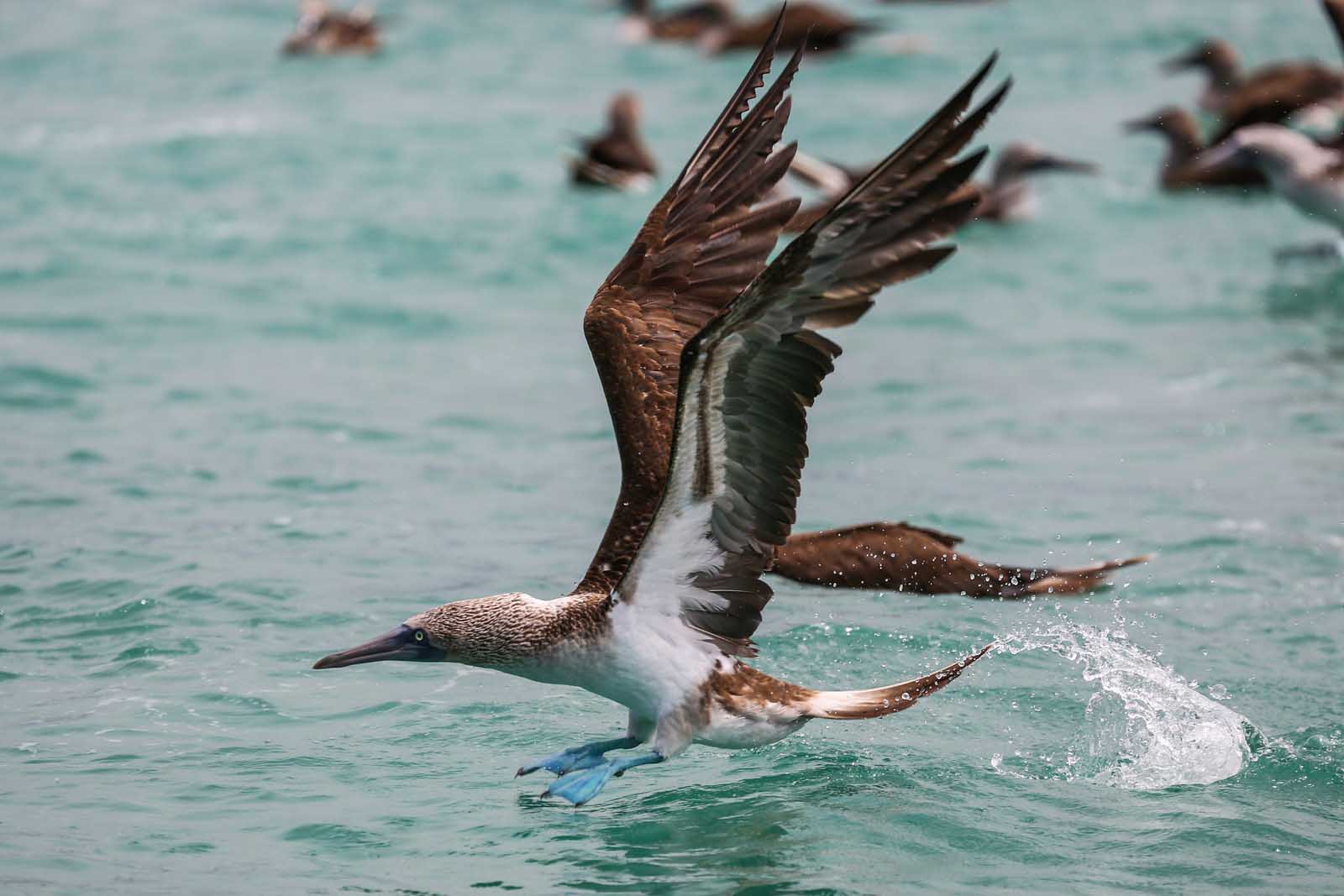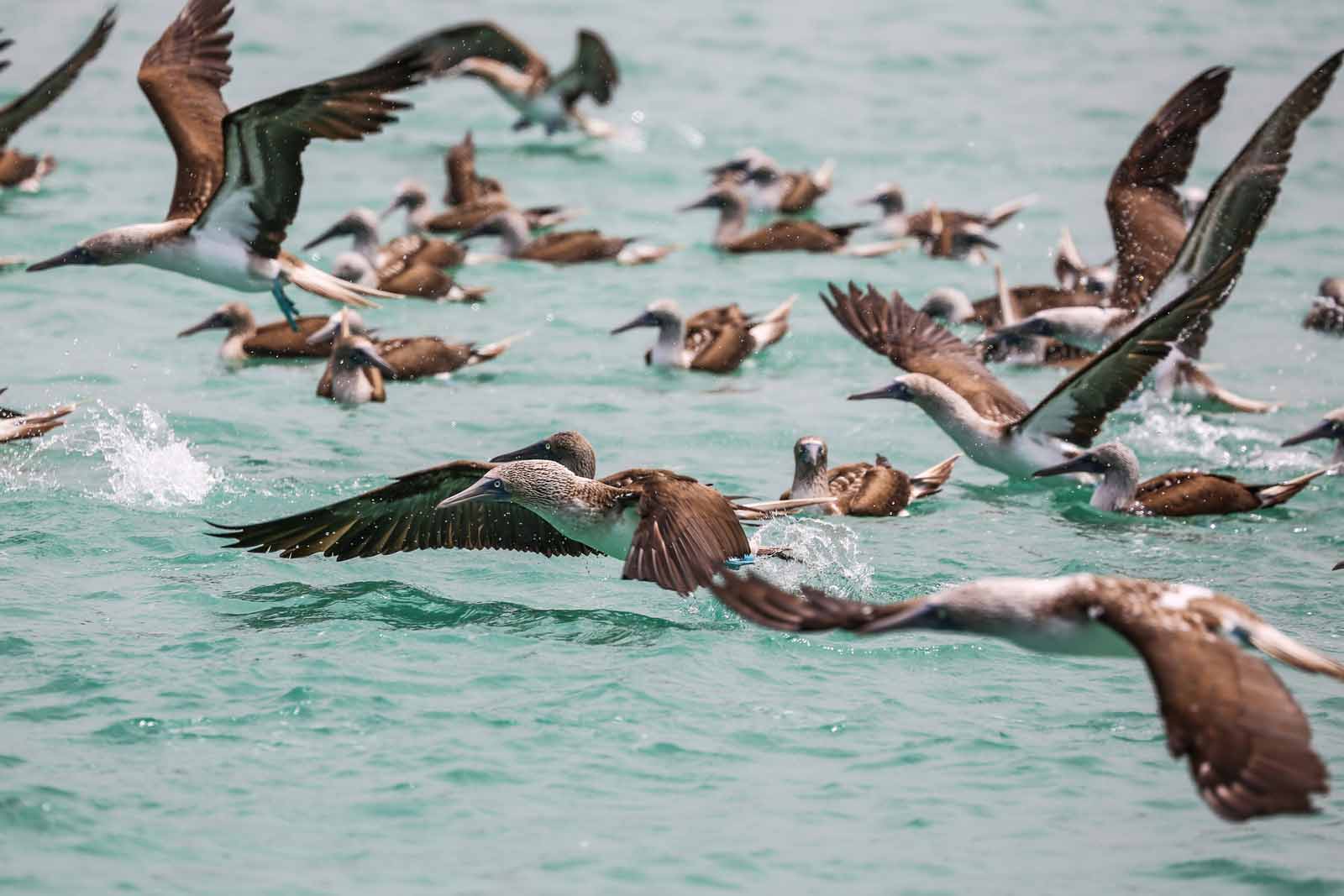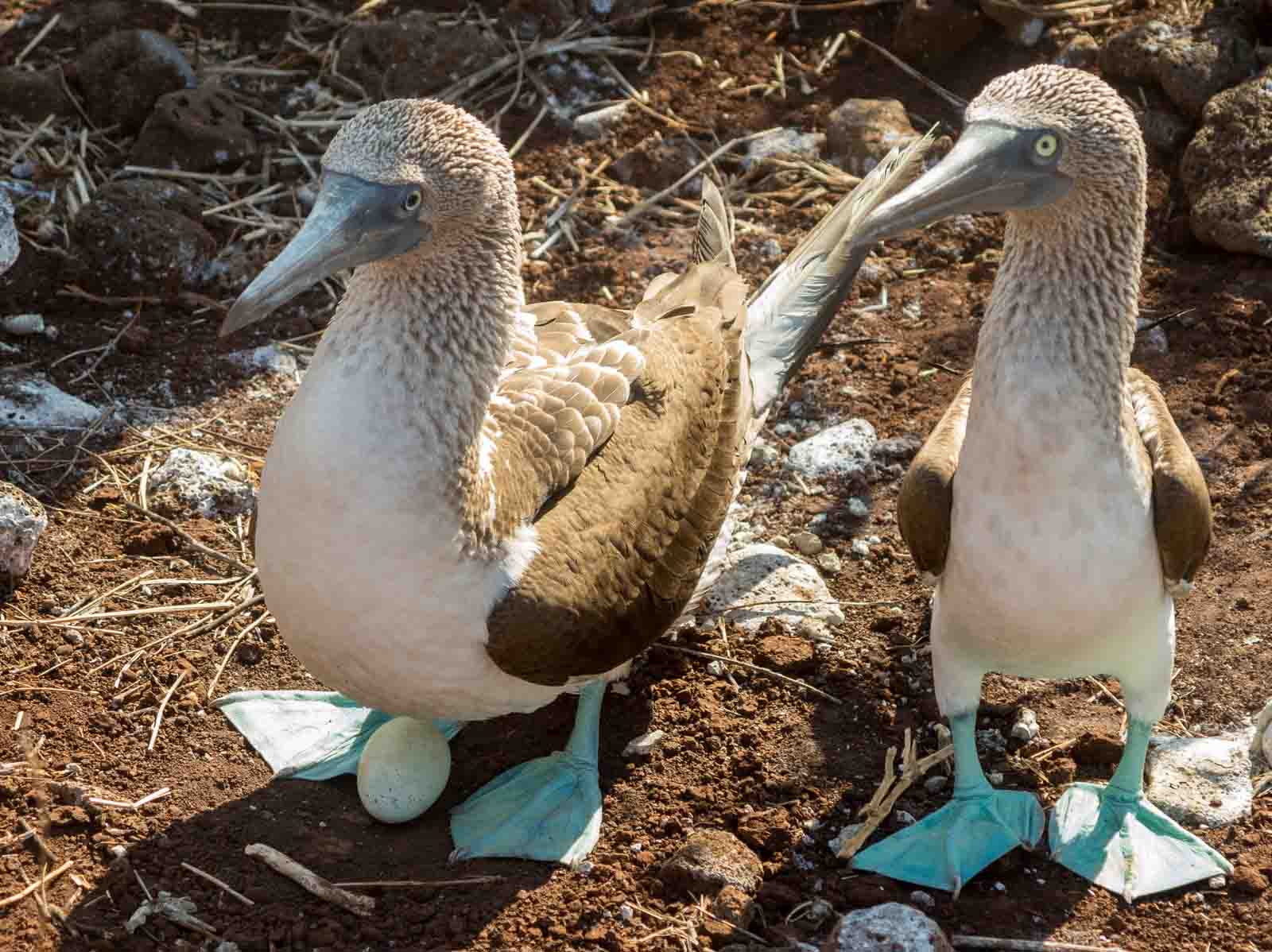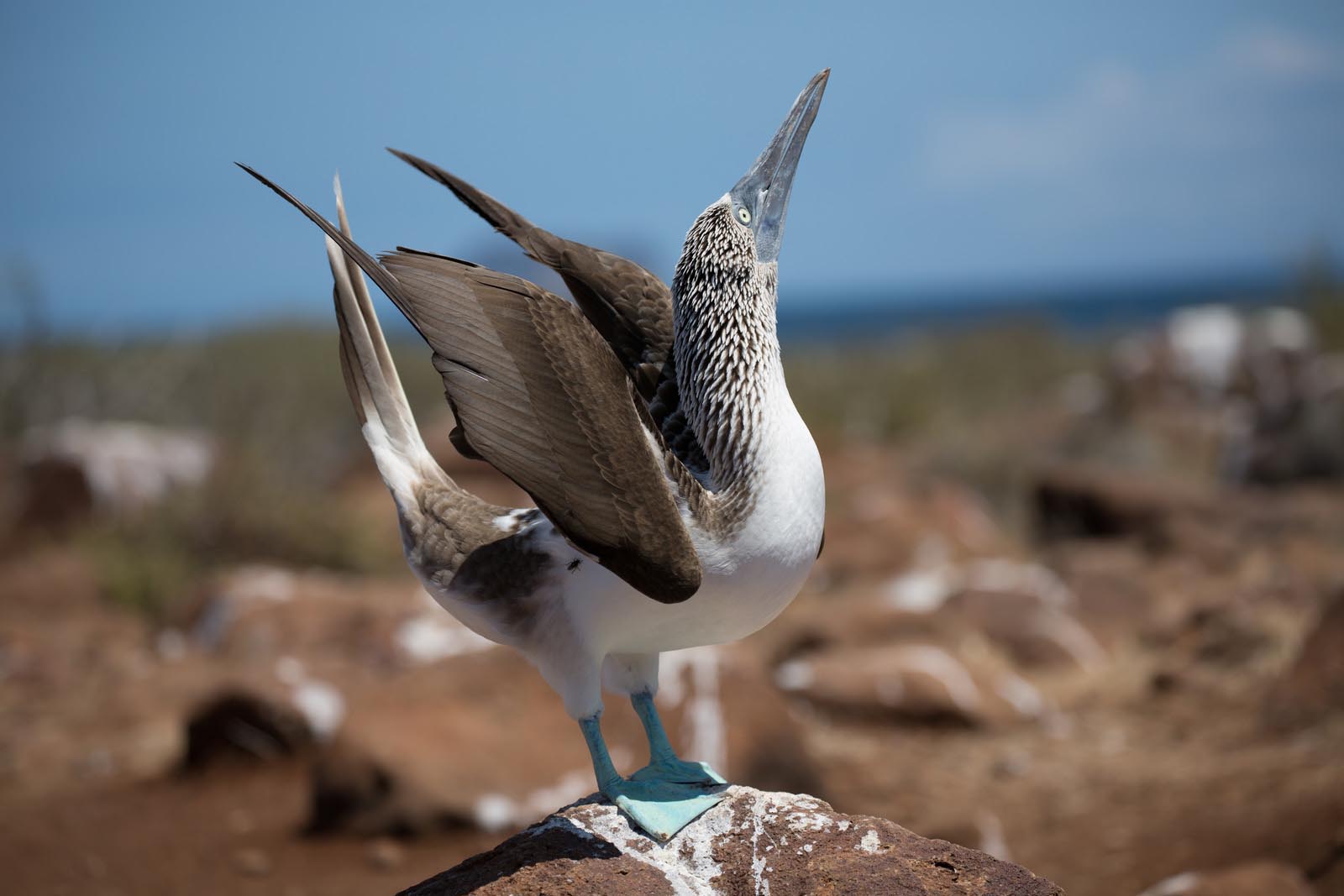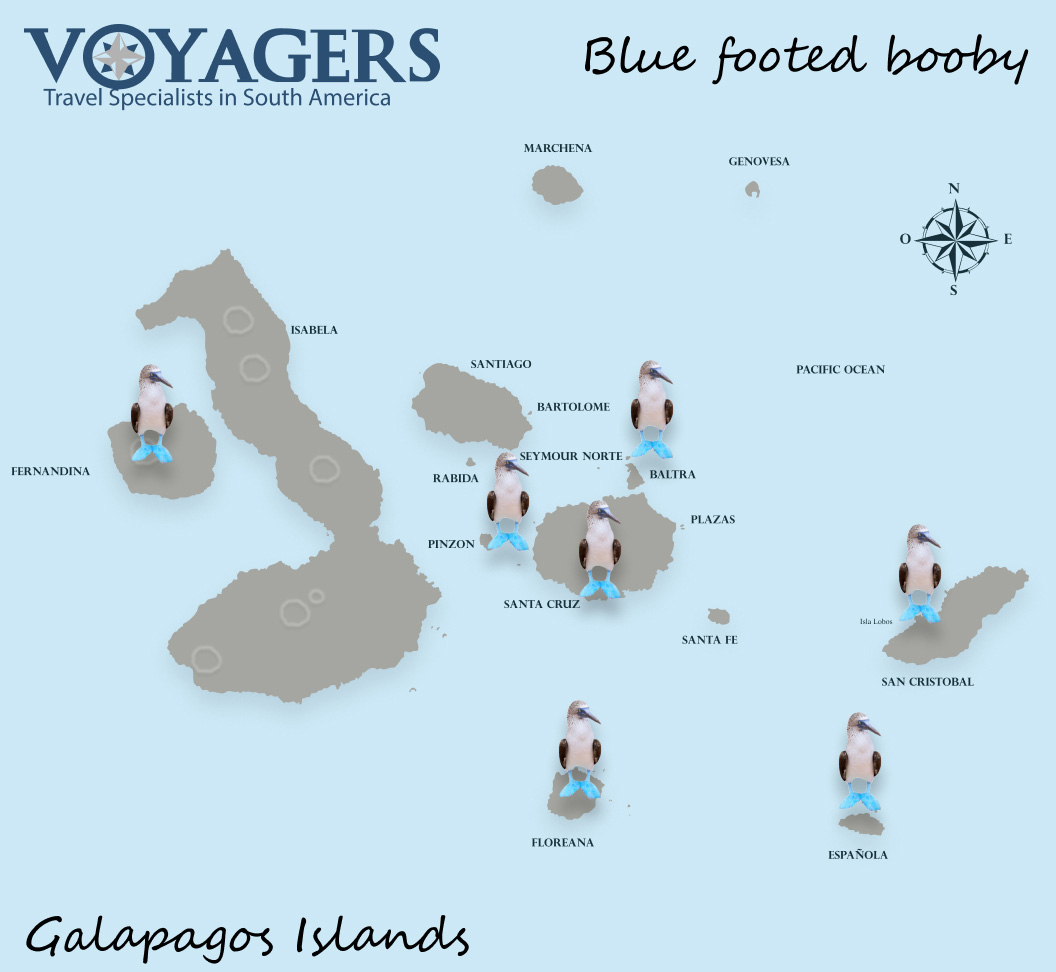The Blue Footed Booby - Where to find blue-footed boobies in Galapagos
Ever watched a ballet performance on a tropical beach? Imagine it, with performers dressed in grey and white, strutting around on brilliant blue shoes. Sounds unreal, right?
Welcome to the world of the Blue Footed Booby - an extraordinary bird that calls the Galapagos Islands home.
In this remarkable expedition, you'll be able to get an intimate look at these extraordinary birds. From their intriguing life cycle and quirky mating rituals to solving the mystery behind those mesmerizing blue feet.
You’ll dive into their dietary habits and discover how they gracefully hunt underwater yet waddle clumsily on land. We’ll also discuss serious matters like conservation efforts for their dwindling population.
The story doesn’t end there though... but let’s not spoil all the surprises just yet!
Table of content
- Blue Footed Booby: A Unique Bird of the Galapagos Islands
- The Fascinating Life Cycle of the Blue Footed Booby
- Mating Rituals and Nesting Season of the Blue Footed Booby
- Why are Their Feet Blue? Unraveling the Mystery
- Dietary Habits of the Blue Footed Booby
- Behaviour on the Ground and Aerial
- Population and Conservation Status in the Galapagos
- Observing Blue Footed Boobies in the Wild
- Cool Facts about the Blue Footed Boobies
- FAQs in Relation to Blue Footed Booby
- Conclusion

